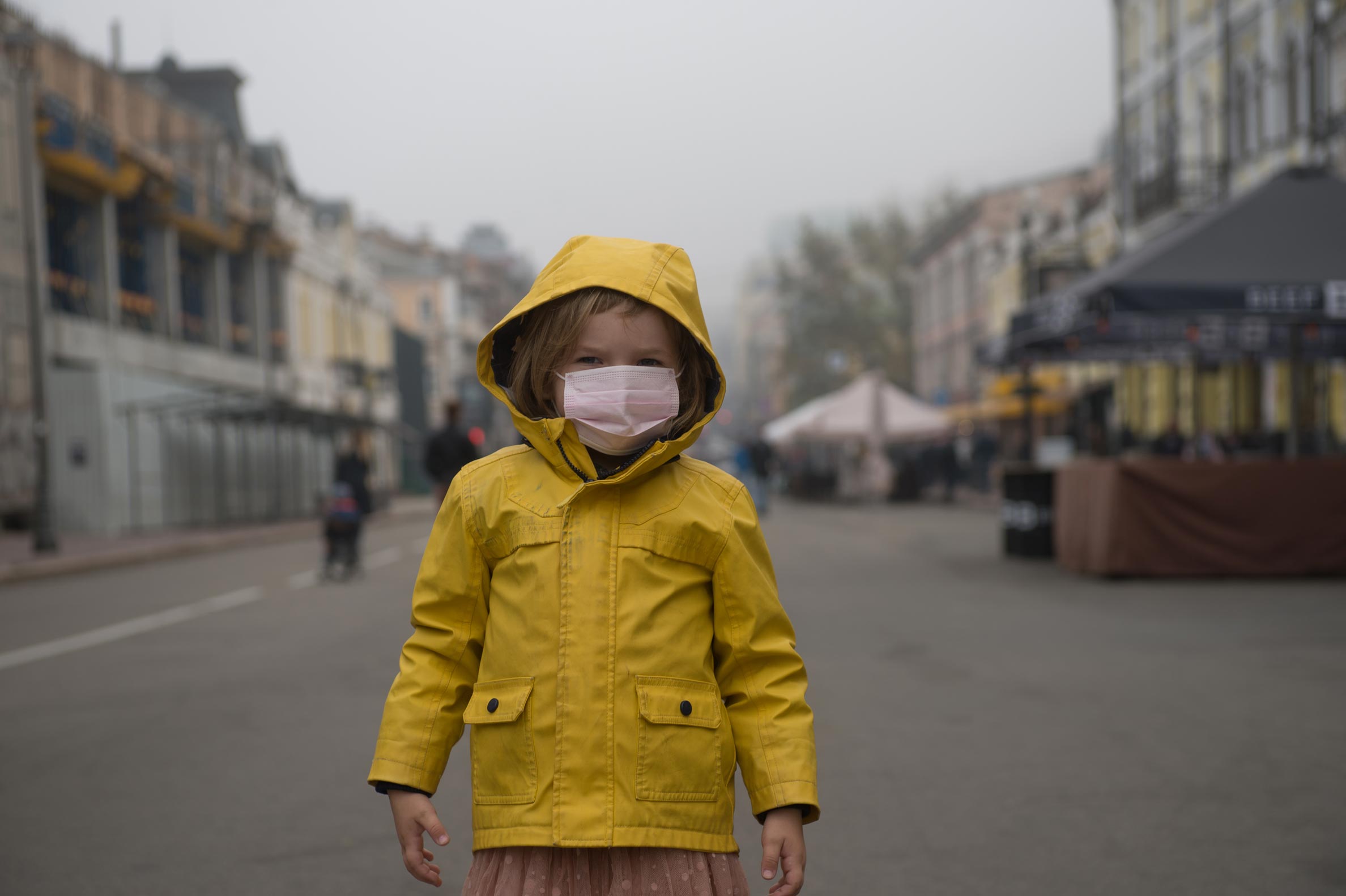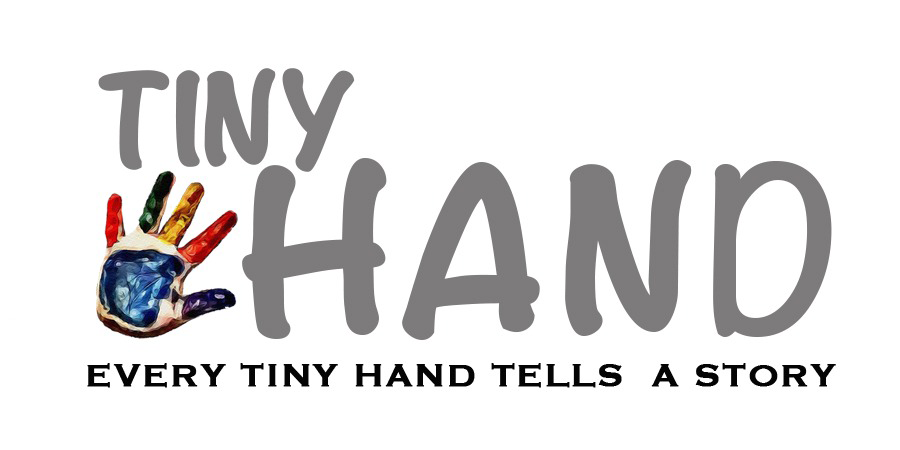Coronavirus Mystery: Children Seem Less Susceptible

Report From: science alert
Coronavirus Mystery: Scientists are still learning about the coronavirus outbreak that has killed nearly 500 people and infected more than 24,000 in China. One of the biggest mysteries is why so few children have gotten sick.
The outbreak was first reported on December 31, but no children younger than 15 years old had been diagnosed as of January 22. A study in the New England Journal of Medicine said at the time that “children might be less likely to become infected or, if infected, may show milder symptoms” than adults.
Since then, doctors have recorded a few one-off cases among children: a 9-month-old girl in Beijing, a child in Germany whose father was diagnosed with the virus first, and a child in Shenzhen, China, who was infected but displayed no symptoms.
On Wednesday, Chinese authorities confirmed that an infant in Wuhan, China, had tested positive for the virus 30 hours after being born; the baby’s mother is a coronavirus patient.
But for the most part, kids do not seem very vulnerable to the virus.
“From everything that we’ve seen, and for reasons that are unclear to us, it does seem that this is primarily impacting adults,” Richard Martinello, an associate professor of infectious disease at the Yale School of Medicine, told Business Insider.
“Some of the reports that have come out so far from China have been from adult hospitals and not pediatric hospitals, so it could just be that we’re not seeing that data yet.”
A low case count among kids is a good thing, according to health experts, because children are less likely to wash their hands, cover their mouths, and refrain from touching others – behaviours that can spread germs.
“If we can protect kids – one, it’s good for them, but two, it’s good for the population,” Aaron Milstone, an epidemiologist and professor of pediatrics at Johns Hopkins University, told Business Insider. “If it does penetrate the pediatric population, that might amplify the outbreak.”
In the current coronavirus outbreak, there are two explanations for why so few children have gotten sick: They have either been less likely to be exposed in the first place, or there’s something different about how their bodies respond to the virus.
Few children got SARS
Symptoms of the novel coronavirus are similar to those associated with pneumonia or the flu: fever, coughing, chills, headache, difficulty breathing, and a sore throat.
The coronavirus bears striking similarities to SARS, which killed 774 people and infected more than 8,000 between November 2002 and July 2003. There were also some cases of SARS among children: only 80 laboratory-confirmed cases and 55 probable or suspected cases.
Most of those children developed a fever, and some had coughs or vomited as well.
In a 2007 report, experts from the Centres for Disease Control and Prevention determined that children 12 or younger displayed milder symptoms of SARS than adults did. No children or adolescents died from the virus, and there was only one instance in which a child transmitted SARS to another person.
“My guess is the lack of children being reported is because of the way the outbreak started,” David Weber, a professor of epidemiology and pediatrics at the University of North Carolina at Chapel Hill, told Business Insider.
Chinese authorities think the virus first jumped to people at a seafood market in Wuhan where live animals were sold.
“There aren’t many children going to the fish market,” Weber added.
The Wuhan market was shuttered on January 1, and local officials have since banned the sale of live animals citywide. On Monday, the Chinese Communist Party pledged to crack down on the illegal wildlife trade nationwide.
It’s also possible that adults aren’t spreading the virus to kids because people are being careful about washing their hands, covering their mouths, and self-isolating if they feel sick. The virus can spread between people through respiratory droplets such as saliva and mucus, so good hygiene is critical to prevent transmission.
Still, the flu likely poses a more imminent threat to most kids worldwide than the coronavirus, Weber said.
Tags
Related Posts
Why are teachers’ faces covered in stickers? To get kids engaged in remote school
Diane Moon tried everything she could think of to get her students to participate in virtual learning: random name calls, breakout rooms, competitions for extra credit, movement breaks….
December 10, 2020Remote school is leaving children sad and angry
Her mother and sister rush in and ask what went wrong. Did the Internet go out again? Is her computer plugged in? Is the math too confusing? Sophia can’t really answer. …
November 28, 2020


